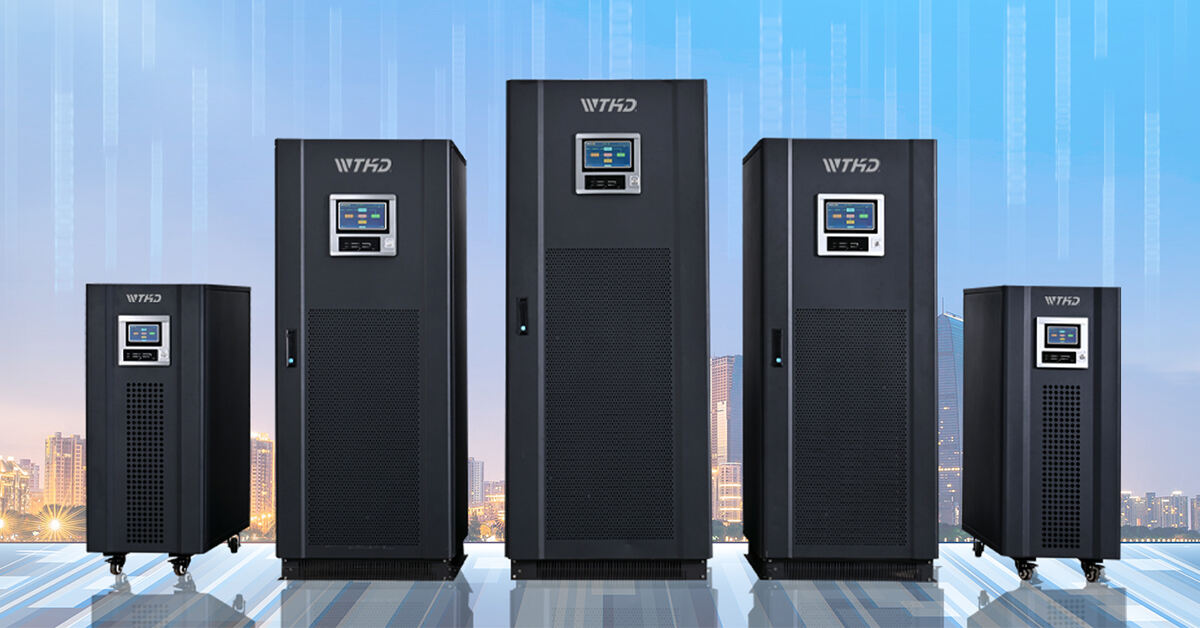Have you ever noticed how your computer can shut off and delete your work with just a small flicker of electricity? A UPS or Uninterruptible Power Supply are made to save you from that kind of disruption. But the truth is, different UPS systems react at varying rates. "Transfer time" is the short gap before the UPS take over, and those milliseconds can make the difference between a crash and smooth operation of your devices. Size and cost are not the only considerations when purchasing a UPS; whether it is being used at home or in a data center. Ask yourself: how quickly does it respond when an outage occurs?
• What Is UPS Transfer Time and Why Does It Matter?
Your UPS is supposed to act the moment power disappears. But it doesn't happen instantly, there is always a short interval, called transfer time, before it begins delivering backup power. For certain models, transfer time lasts only few milliseconds; for other, it's noticeably longer. But the real question is, if your computer crashed while you were working on a project, would your work still be there? Practically speaking, even a short interruption can have significant impact: an industrial manufacturing line may stop suddenly, a designer may lose unsaved edits, and in medical settings, could disrupt life-saving equipment.
UPS systems differ in response speed. Standby units usually need 5 to 13 milliseconds to transfer power, which could be fine for non-critical loads but dangerous for delicate or mission-critical systems. Online or double-conversion systems show almost no delay since they continuously supply conditioned power, line-interactive UPS units provide quick transfer times. The primary concern is this, can your equipment survive even a short disruption? For mission-critical work, near-zero transfer time are indispensable.
• Transfer Time Impact on Sensitive Equipment: Servers, Medical Devices, and More
(Picture suggestion: A side-by-side image showing examples of sensitive equipment—servers, a hospital patient monitor, and a factory robotic arm—connected to a UPS.)
• How to Choose a UPS with the Right Transfer Time for Your Application
(Picture suggestion: A flowchart showing device type → acceptable transfer time → recommended UPS type.)

